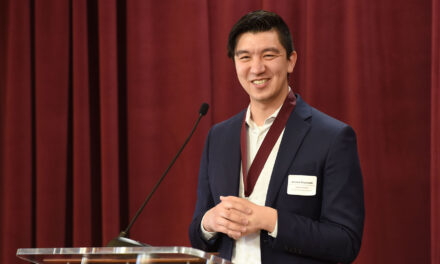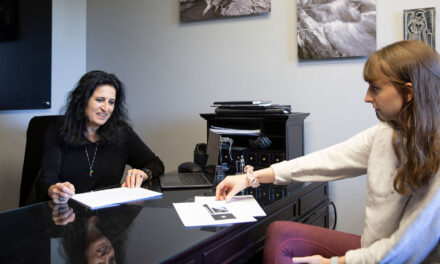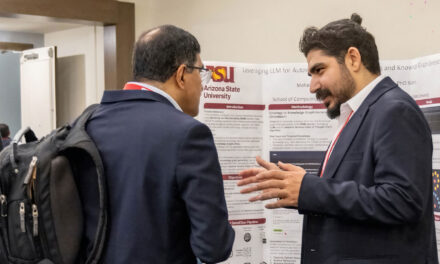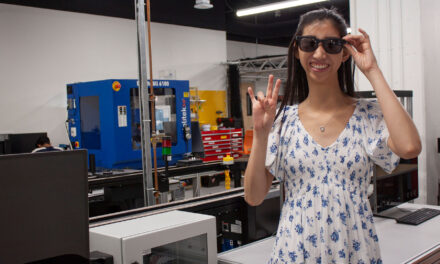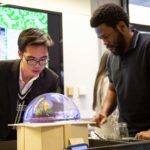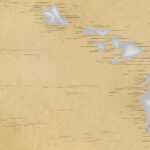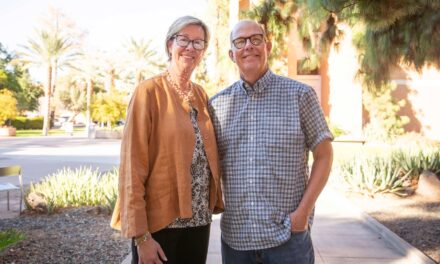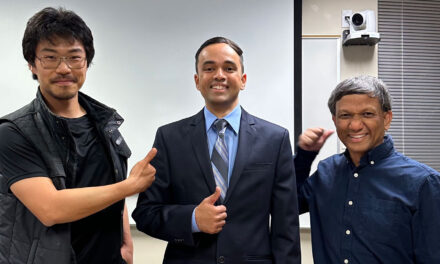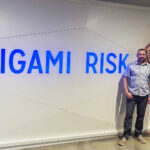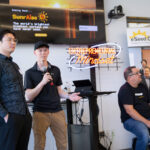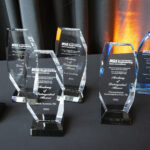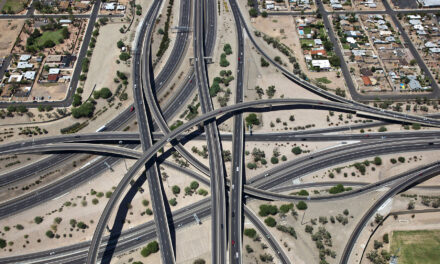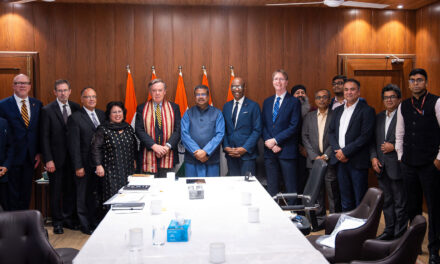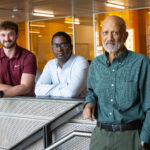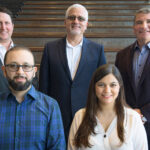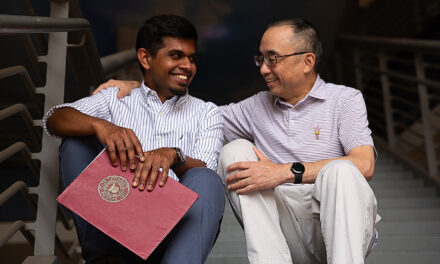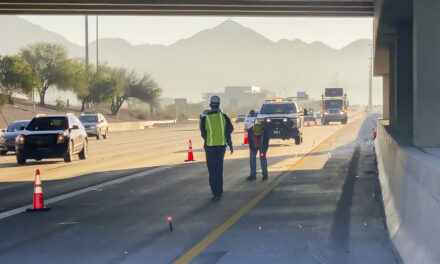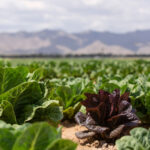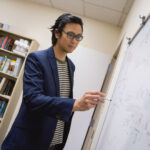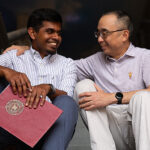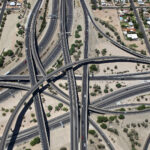
Preparing Navajo engineers of the future

The intersection of Diné, or Navajo, culture and engineering design is where Shawn Jordan’s research lies. Jordan is an associate professor of engineering at The Polytechnic School, one of the seven schools in the Ira A. Fulton Schools of Engineering at Arizona State University, and a professor in the School for the Future of Innovation in Society at ASU.
He teaches in the engineering education systems and design graduate program. His lab, the STEAM Labs Center for K-12 Research and Engagement, centers its research around innovating engineering design education, K-12 engineering education, human-centered design, STEM storytelling and culturally relevant curricula.
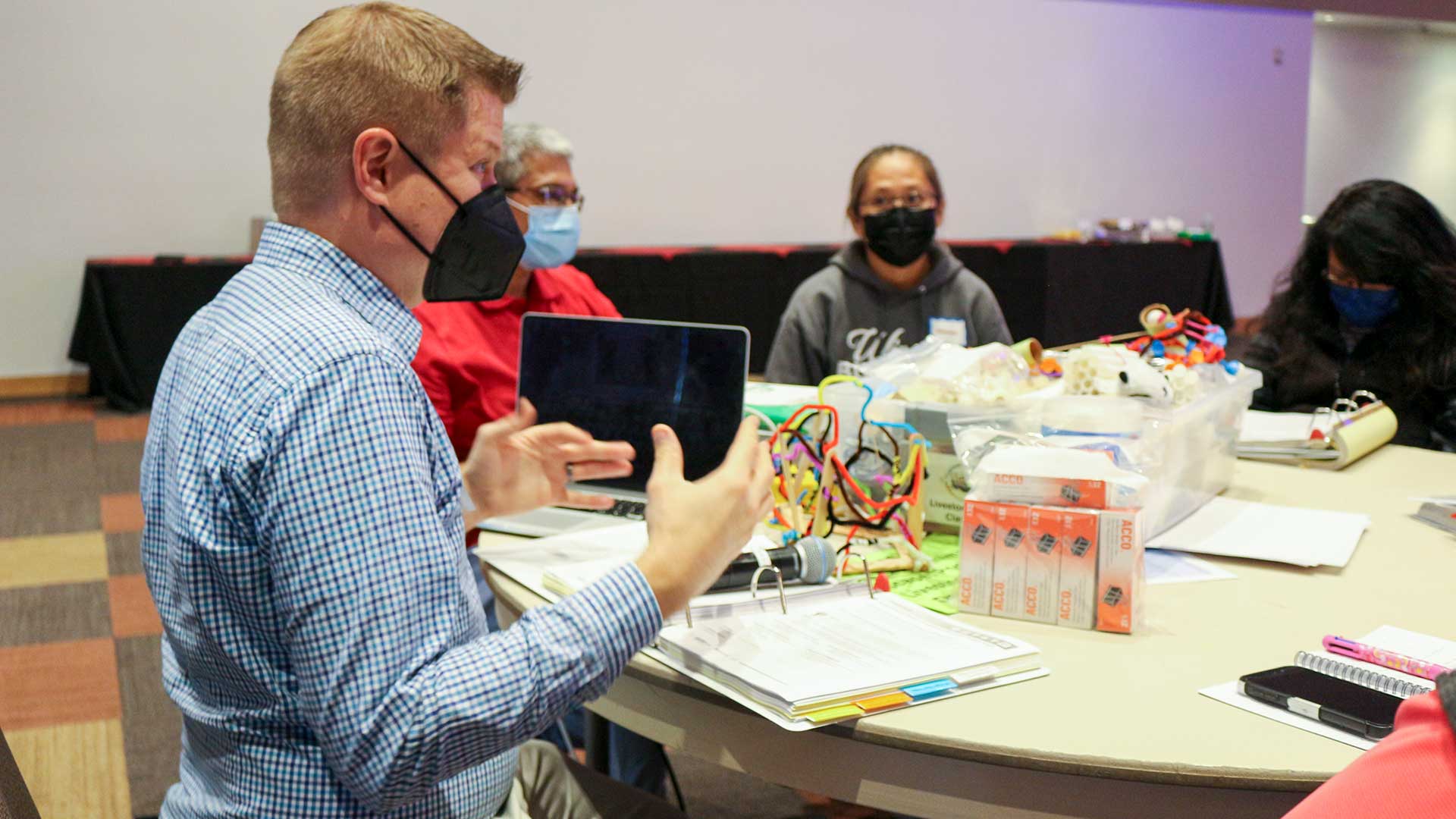
Early in his career, Jordan began collaborating with the Navajo Nation Office of Diné School Improvement to teach summer STEAM camps, encouraging Diné students to consider higher education and career pathways in STEM fields. According to researchers Deborah H. Williams and Gerard P. Shipley, Native Americans are 1.7% of the U.S. population, but account for only 0.6% of bachelor’s degree recipients, 0.4% of master’s degree recipients and 0.2% of doctoral degree holders in science and engineering. Photographer: Sona Srinarayana/ASU
In 2017, Jordan began developing culturally relevant engineering design curricula for Diné middle school students with funding from a National Science Foundation Faculty Early Career Development Program (CAREER) Award. That project launched him into a long-term STEM-focused educational program that continues to evolve in partnership with the Navajo Nation’s Department of Diné Education.
“We have worked closely together for years to engage Diné students in engineering activities to design the future,” Jordan says. “With the Next Generation Science Standards for K-12 explicitly including engineering, fusing these with the Diné engineering design process was an exciting opportunity.”
Jordan adds that “this work centers Navajo culture to promote educational equity.”
Over the course of this initiative, Jordan, who is a 2014 recipient of a Presidential Early Career Award for Scientists and Engineers, has analyzed data from his experiences, become more involved with key members of the Navajo Nation education system and worked together with the Office of Diné School Improvement to evolve the engineering curriculum to better align with the needs of Diné teachers and students.
One of those key members includes Johanson Phillips, principal education specialist for the Office of Diné School Improvement.
“Even our grandparents used to build hogans (traditional eight-sided Diné houses) and it showed their creativity, their innovation and problem-solving,” Phillips says. “There was perseverance and a finished product at the end and these are the same skills we want to instill in our next generation.”
Facilitating engineering design in the Diné classroom
Jordan jumpstarted the program in 2012 when he began holding STEAM, or science, technology, engineering, arts and mathematics, camps on the Navajo Nation, but he wanted to make a bigger impact.
He began interviewing practicing Diné engineers and students in his STEAM camps to develop a set of Diné engineering experiences that could be used as a foundation for developing curriculum modules connected to the real world. The modules were prototyped and piloted in schools and the results were shared with the Department of Diné Education so the modules could be adopted more widely. The curriculum was named in the Diné language — “Adoole’é Nizhónígo Ádoohłíígo, eí Na’ałkaa Bítsé’siłaí Nitsá há kees, Nahat’á, Iiná, dóó Sihasin dóó Na’ach’ąąh Bíł áhįį’silágo Niha’áłchińí Ídahołaah,” which translates to “To Build/Make Something Great, the Foundation of Investigation, Thinking, Planning, Implementing, and Reflecting and a Combination of Art is What our Children are Learning,” and was shared with middle schools across the Navajo Nation.
After the COVID-19 pandemic restrictions were lifted, Jordan began organizing bi-annual events for Diné educators at ASU’s Polytechnic campus. The culturally-relevant engineering design modules taught by Jordan and his staff equip educators with the tools they need to engage their students in their classrooms with the Diné engineering design curriculum.
The spring 2022 event included 10 modules — one of those modules centered around designing a portable livestock corral. The goal of the corral is to keep animals contained and protected from predators. This project, which is infused with elements of contemporary Diné culture, allows students to apply engineering design practices into a concept that can benefit their community.
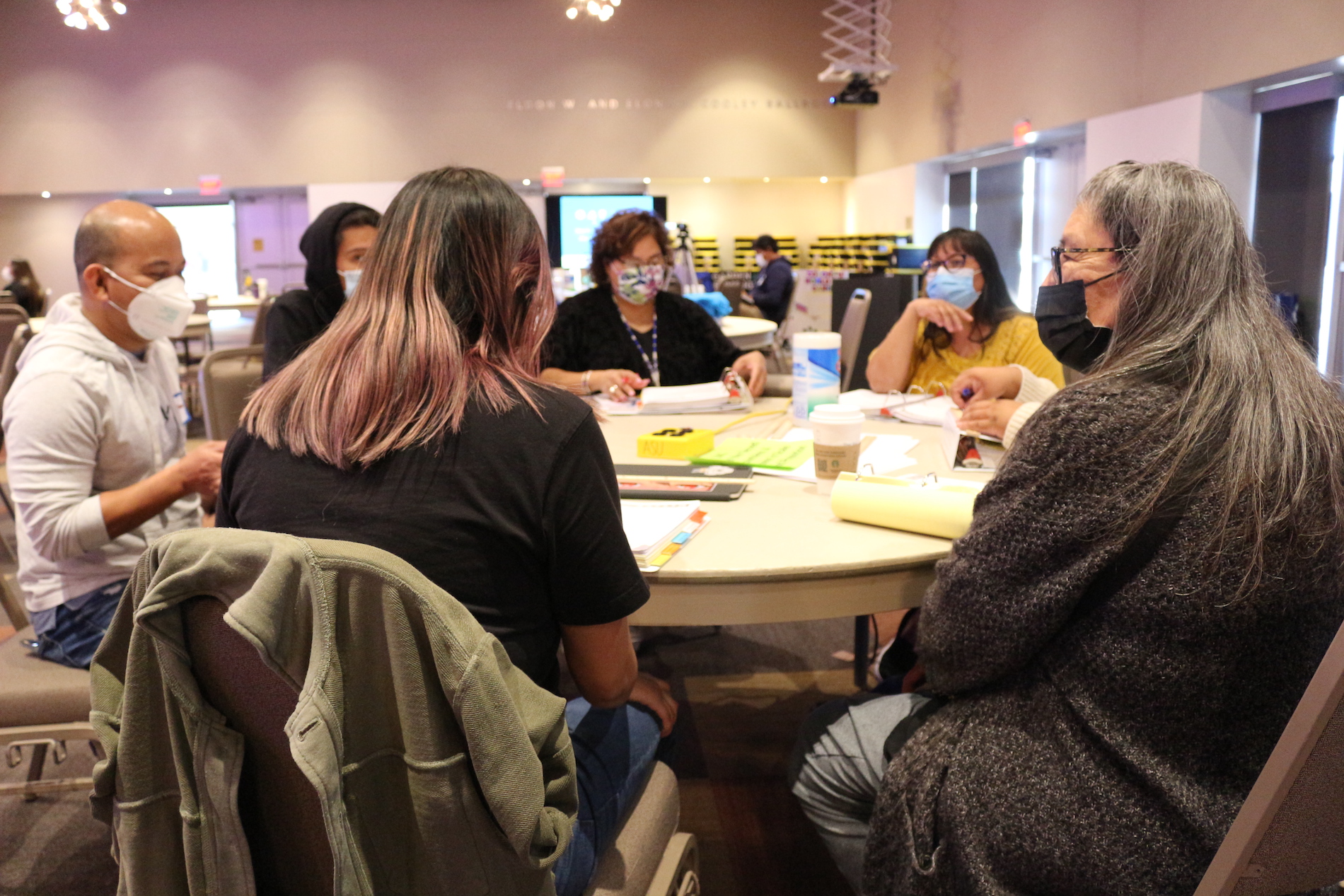
Courtney Betoney, a manufacturing engineer at Raytheon Technologies Diné Facility in Farmington, New Mexico, teaches a lesson on the culture and geometry of the hogan. Photographer: Sona Srinarayana/ASU
Inspired by a Diné student Jordan had met on the Navajo Nation years earlier, another module introduces a heat transfer experiment in a laser-cut model of a traditional hogan structure. Students build each wall of the hogan out of various building materials and put a heat lamp in the center of it to see how heat is conducted through each of the materials used. Students can then deduce which building materials are optimal for the construction of the hogan.
“After the teachers left this event, they were equipped with the training — full printed copies of all lesson plans and activity supplies,” says Courtney Betoney, a manufacturing engineer at Raytheon Technologies Diné Facility in Farmington, New Mexico. “It’s exciting to see the Navajo teachers interact with lessons, talk about their experiences and offer insight into how their students would better learn and understand that also meets their grade level standards.”
Betoney joined Jordan’s research team in 2014 during her first year at ASU as a research assistant. She graduated in 2017 but continues to collaborate with Jordan. As a member of the Navajo Tribe who grew up on the Navajo Nation and was taught by her grandmother, a school teacher, she says she’s drawn to the combination of engineering and education.
Betoney, who conducts training on some of the culturally relevant modules at teacher professional development events, says teachers provide feedback and pre- and post-assessments of how well their students are grasping concepts.
One of those teachers is Thomas Tomas, a fifth and sixth grade teacher at the Little Singer Community School on the Navajo Nation. Thomas has been teaching in Diné communities for more than 30 years and became acquainted with the Diné engineering design curriculum about four years ago.
“The Diné engineering design curriculum and professional development did an outstanding job of bringing Diné contemporary engineers and scientists to light, providing us all with insights into how we can make such career dreams possible for our students,” Tomas says. “In addition, these professionals helped provide context and informed us as to how STEM careers, and specifically applied engineering, can make a difference within our own communities and environments.”
Continued impact
Another teacher professional development event held on July 1, 2022, in the Navajo Nation capital of Window Rock, focused on solar energy. Jordan plans to continue supporting Navajo Nation teachers as they use this curriculum.
This event’s workshops were supported through a collaboration between STEAM Labs and QESST, a National Science Foundation and U.S. Department of Energy-funded solar energy engineering research center at ASU. Michelle Jordan, the QESST education director and an associate professor in the Mary Lou Fulton Teachers College at ASU, helped organize the workshops and created the solar energy modules that were the focus of July’s event. Solar energy is a topic of interest on the Navajo Nation since the shutdown of the coal-fired power plant and coal mine, which provided a major source of employment, economic stability and resources for heating.
Together, Jordan and the Department of Diné Education hope to expand their reach to Diné elementary and high schools to further support culturally relevant engineering education across the Navajo Nation.
“More Little Singer Community School students today see themselves as future engineers, scientists and mathematicians than five years ago. The credit goes to efforts like that from the STEAM Labs and the Department of Diné Education,” Tomas says. “They have set high expectations for middle school engineering education and now we must work together to build upon that conversation and establish a groundswell of momentum that will prepare and propel our children into their personal futures.”


